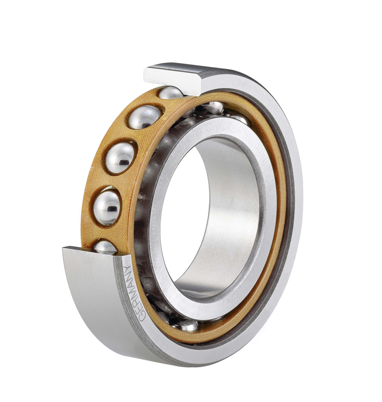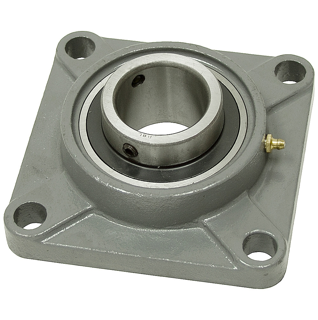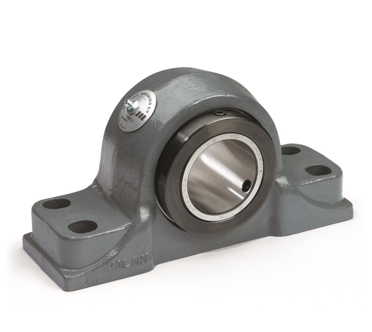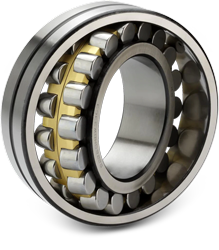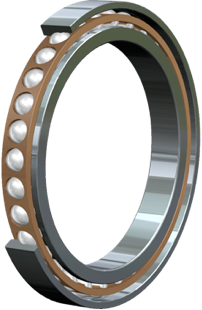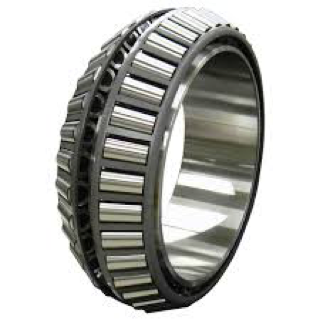ROLLER BEARINGS
Roller bearings permit much greater radial loads to be carried, due to a cylindrical shape that creates a linear contact patch. Radial loads are dispersed over this larger contact patch of the linear roller bearings, delivering much greater capacity than a similar-sized ball bearing. Further design innovations allow variant roller bearings that can also handle heavy axial forces. Conveyor belts and large equipment are the most typical platforms requiring roller contact bearings.
Common roller bearings types are summarized as follows:
Cylindrical Bearings: These linear roller bearings provide unmatched performance in radial load capacity, perfect for heavy equipment and out-sized operations. Typically formatted in row configurations, ex. single-row cylindrical roller bearing types for standard applications and up to four-row cylindrical bearings for extremely high radial load requirements.
Taper Roller Bearings: These types of roller bearings are designed to offer balanced performance for large axial forces as well as large radial forces. Conical geometry is the key design attribute, which provides a large roller bearing contact patch and ability to carry higher loads. Tapered roller bearings are used typically in row configurations of increasing load capacity.
Spherical Roller Bearings: These linear roller bearings offer consistent performance for the toughest applications. In cases where extreme speed, non-optimal lubrication, misalignment, and/or other performance challenges are common, spherical roller bearings provide best results in carrying heavy radial loads.
Thrust Bearings: These roller bearing types are optimized to handle high axial (thrust) loads. Typically thrust bearings are used in high-speed applications, with generally lighter loads. Thrust bearings have a number of different variants, some of which allow for greater loads at reduced speeds.
Needle Roller Bearings: The small cylindrical bearings of needle roller bearing types ensure the smallest possible friction profile
Applications of Rollers in Different Industries
In the wood industry, rollers are used to move logs from one stage to another when processing lumber. Rollers are also used in the food industry to process, package, and store food.
There are also roller bearings that feature oil resistance, which is commonly applied in manufacturing, so you can use them in places where there's oil or other lubricants.
Roller bearings are used to improve the speed and efficiency of a process. Most of these instances involve the movement of objects or materials from one point to another.
For instance, if you're transporting large metal sheets, roller bearings will allow you to do it more efficiently than without them. You'll be able to move these sheets at two meters per second without having any issues with friction or wear and tear on your machinery.
Roller bearings have a long history, and now they're used in various industries. For many applications, roller bearings are the best choice.
They are less expensive than other bearings, and they are more resistant to abrasion. Roller bearings are also easier to maintain and can be used in applications where radial or thrust loads must be resisted.
You know what they say: "It's not the size of the bearing that counts. It's how you use it.''



